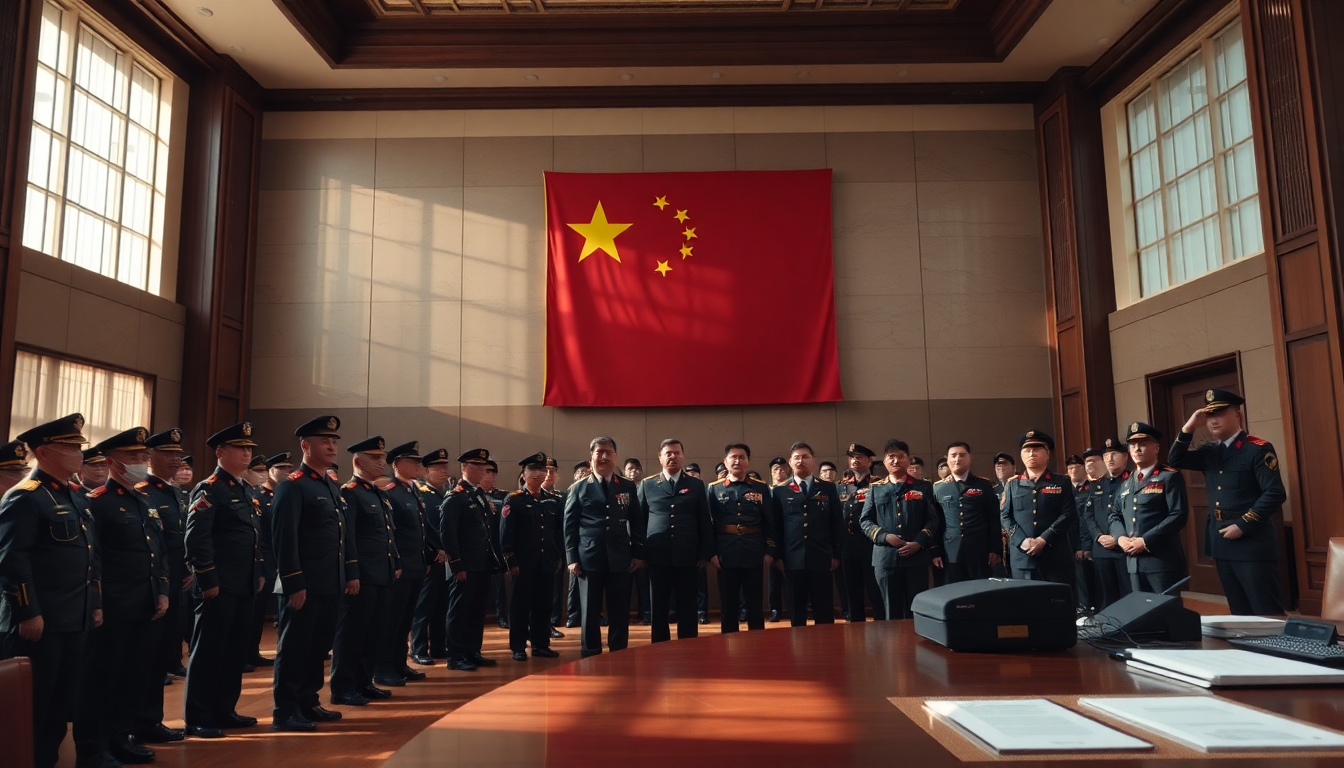Table of Contents
Recent developments in the Chinese military have unveiled a significant shift in leadership dynamics, particularly within the People’s Liberation Army (PLA). Vice Admiral Li Hanjun, the chief of staff of the PLA Navy, has been expelled from the National People’s Congress, making him the latest high-profile figure to face removal among military officials.
This move highlights ongoing efforts to reform and possibly clean up military leadership amid allegations of corruption and mismanagement.
What’s Behind the Military Leadership Changes?
Over the past few months, the Chinese military has undergone a sweeping crackdown, resulting in the ousting of several key figures, including not just generals but also top executives from the defense sector.
This pattern of expulsions hints at a broader initiative by the Chinese government to bolster discipline within the ranks and tackle longstanding accountability issues. The decision to expel Vice Admiral Li, alongside Liu Shipeng, a senior figure in the nuclear industry, underscores the interconnected nature of military and industrial leadership in the country.
But what does this mean for the future? Analysts suggest that these changes could create a power vacuum within the PLA, potentially altering strategic military initiatives and influencing China’s defense policies moving forward. The expulsion of such high-ranking officials may indicate a shift towards increased scrutiny of military operations and expenditures, reflecting a move towards greater transparency and oversight.
What’s Next for the PLA?
This current shakeup raises some critical questions about the future of the PLA and its leadership structure. As the Chinese government aims to enhance its military capabilities, the removal of established leaders could open the door for fresh faces who align more closely with the current political climate.
This transition might lead to shifts in strategic priorities, especially regarding modernization efforts and international military collaborations.
Moreover, the expulsion of Vice Admiral Li Hanjun and others hints at a potentially turbulent atmosphere within the PLA. Concerns about loyalty, effectiveness, and corruption may drive an ongoing purge of officials considered unfit for service in a rapidly changing geopolitical landscape.
Such an environment could foster a more competitive and possibly fragmented leadership structure, impacting decision-making processes within the military.
Final Thoughts
The recent events surrounding Vice Admiral Li and his counterparts signal a critical turning point for China’s military. As the government navigates the complexities of maintaining a robust defense force while tackling internal challenges, the future of military leadership will be under close observation. Many will be watching for signs of how these changes will shape China’s military strategy and its role on the global stage. This evolving situation presents both challenges and opportunities for the PLA as it strives to adapt to both internal and external pressures.





